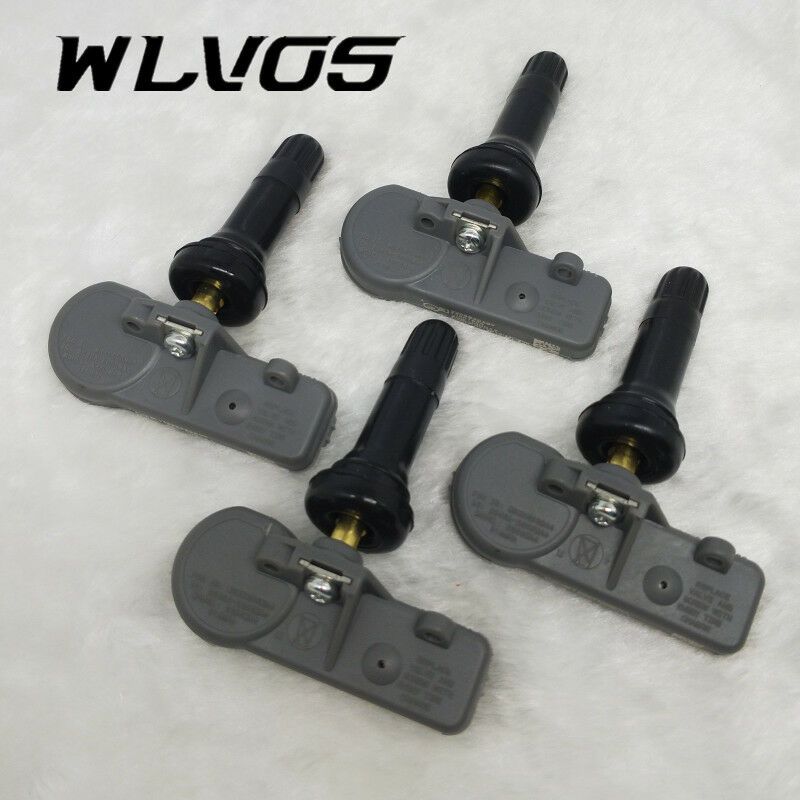by Jennifer S.
If the Tire Pressure Management System in the Chevy Silverado is not working properly, you may have to reset the TPMS system. Follow these steps to re-initialize it.
The light indicator is a notification to warn you of significantly low air pressure or high-pressure loss in your tires and is NOT to be ignored, as low pressure affects the vehicles overall performance such as:
First, Check the Recommended Air Levels Needed:
Keep in mind, after tires are inflated, the outdoor temperature affects how fast the air in the tires will adjust to the proper temperature, this could take minutes, a day, 2 or 3, simply be patient and give the tires time to adjust. In addition, if the tire pressure warning light stays illuminated past a week, you will need to have your vehicle serviced as there could possibly be a sensor issue or a tire puncture.
NOTE: If you are unable to Reset the Tire Pressure Warning Light in the Chevy Silverado on the first try, REPEAT the steps. If you are still unsuccessful, contact the dealership for assistance or consult your vehicle user’s manual.
Contents

Switch the key from ON to OFF then back ON. The warning light should be gone.
 Be patient as this could take up to 30 seconds for each tire.
Be patient as this could take up to 30 seconds for each tire. 
Posted on by TPMS Direct
TPMS SYSTEM BACKGROUND – how TPMS is integrated into the vehicle’s computer:
The tire pressure monitor (TPMS) system uses the passenger door module (PDM), the body control module (BCM), the exterior lamp switch, the 4 radio frequency transmitting pressure sensors in the tire valves, and the serial data circuit to perform the sensor learn mode functions.
To read correctly, the sensor learn procedure must be performed any time the PDM is replaced, a tire sensor is replaced, or after the vehicles tires have been rotated. Once the learn mode has been enabled, each of the sensors’ unique identification code can be programmed (“learned”) into the PDM’s memory. When a sensor’s ID code has been learned, the PDM sends a serial data message to the BCM to sound a horn chirp. This verifies the sensor has transmitted it’s ID code and the PDM has received it. As soon as the first sensor ID code is learned, all other IDs are erased from the PDM’s memory.
SENSOR FUNCTIONS
Each sensor takes a pressure measurement sample once every 20 seconds while in stationary mode. If the tire pressure increases or decreases by more than 1.6 PSI from the last pressure measurement, another measurement will occur immediately to verify the change in pressure. If a pressure change has indeed occurred, the sensor sends a re-measure signal to the PDM.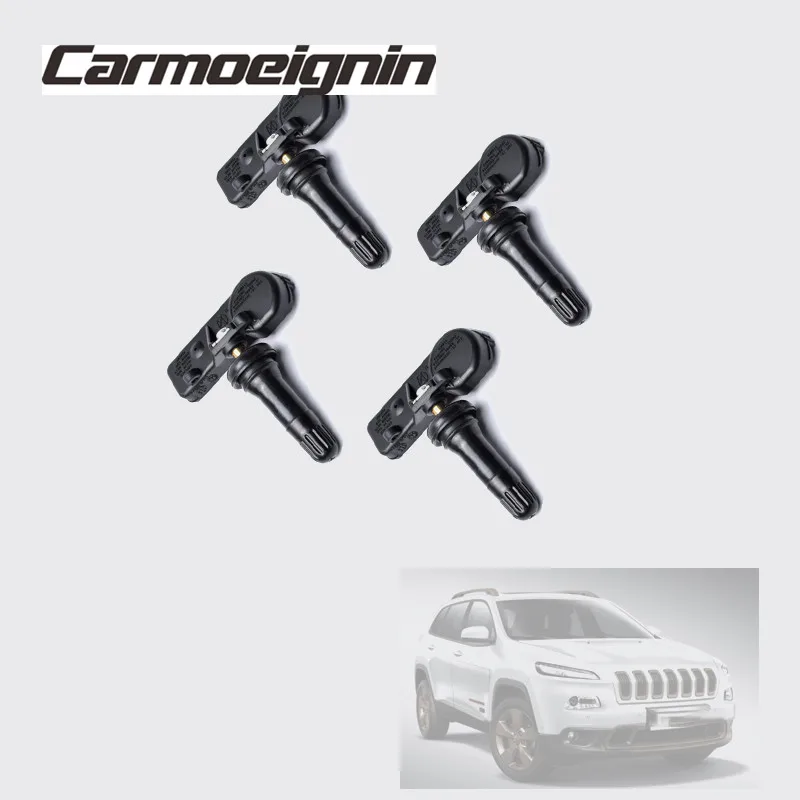 When the PDM receives a re-measure signal while in sensor learn mode, it will assign that sensor ID to that location on the vehicle.
When the PDM receives a re-measure signal while in sensor learn mode, it will assign that sensor ID to that location on the vehicle.
SENSOR LOCATION
The PDM must learn each sensor’s ID code in the proper sequence in order to determine sensor location.
LEARN MODE CANCELLATION
The TPM system will cancel the learn mode if more then 2 minutes have passed and no sensors have been learned, or if the system has been in learn mode for more than 5 minutes. If the learn mode is canceled before any sensor has been learned, the PDM will remember all current sensor IDs and their locations.
CAUTION: Before proceeding with the steps below, ensure that no other sensor learn procedure is being performed simultaneously, or that tire pressures are not being adjusted on a TPM equipped vehicle within close proximity.
STEP BY STEP:
 IMPORTANT: If the learn mode cannot be enabled, ensure the TPM system is enabled in the PDM.
IMPORTANT: If the learn mode cannot be enabled, ensure the TPM system is enabled in the PDM.
Right front
Right rear
Left rear
Like Loading...
Bookmark the permalink. You are an enthusiastic new car owner, the joy of tactile devices, integrated technologies should bring you the ease and comfort of using your Chevrolet Silverado, however, which is to say that the technology is talking about electronic, and, like all of us, to Unfortunately, we often know that there are problems that need to be solved. Today we will look at the tire pressure sensor and exactly how to reset the tire pressure sensor on a Chevrolet Silverado so that you no longer have this indicator on the dashboard.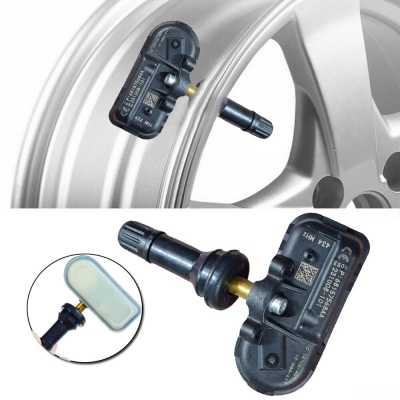 To do this, we will divide our article into two parts: first we will talk about the classic case when the tire pressure indicator appears and the subsequent operation, and then that the tire pressure indicator remains on despite the tires being inflated. So, how to reset this tire sensor on a Chevrolet Silverado.
To do this, we will divide our article into two parts: first we will talk about the classic case when the tire pressure indicator appears and the subsequent operation, and then that the tire pressure indicator remains on despite the tires being inflated. So, how to reset this tire sensor on a Chevrolet Silverado.
First, we will look at the general approach to reset a tire sensor on a Chevrolet Silverado which if it lights up, here are the basic basic steps:
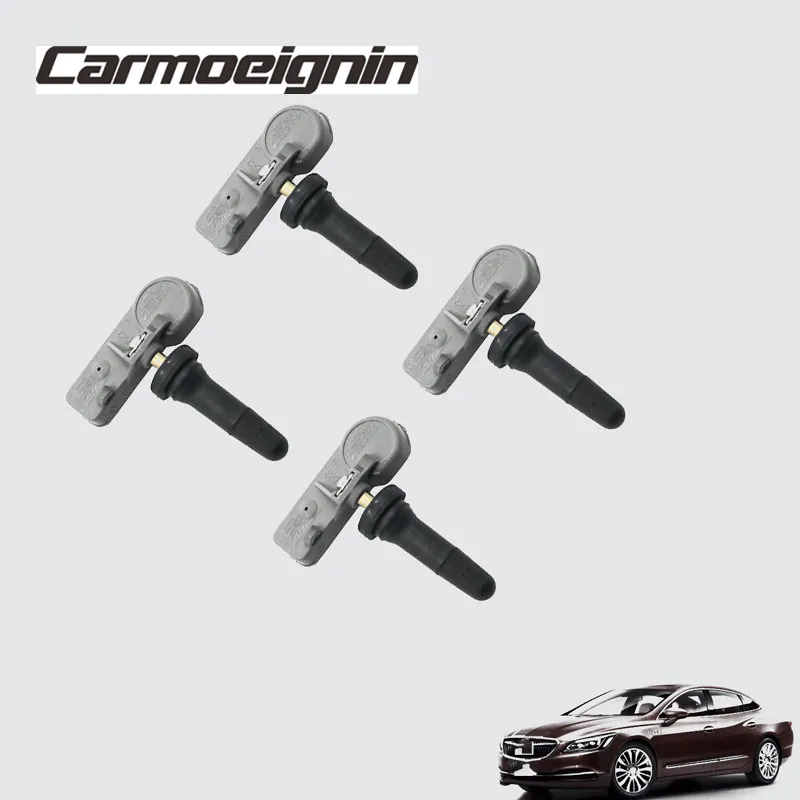
 Generally speaking, you need to look at the parameters of the car, then you should find the option to detect inflation or "detect deflation" when in this tab you have to hold down the select button or the reset button depending on the year of your Chevrolet. Silverado until a message appears from the car console confirming that the reset has been taken into account (this usually takes a few seconds). You can now turn off the ignition and restart your Chevrolet Silverado to see if the tire pressure light has gone out.
Generally speaking, you need to look at the parameters of the car, then you should find the option to detect inflation or "detect deflation" when in this tab you have to hold down the select button or the reset button depending on the year of your Chevrolet. Silverado until a message appears from the car console confirming that the reset has been taken into account (this usually takes a few seconds). You can now turn off the ignition and restart your Chevrolet Silverado to see if the tire pressure light has gone out. 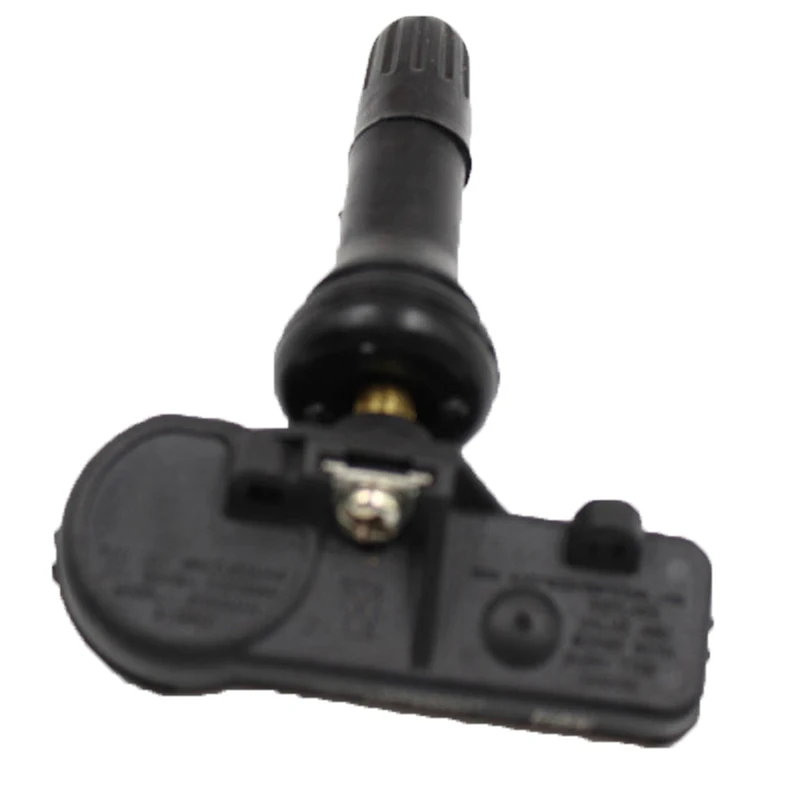 However, this procedure is not recommended as it may result in improper handling and malfunction of your Chevrolet Silverado. Now you have all the keys to know how to reset the tire pressure sensor on Chevrolet Silverado.
However, this procedure is not recommended as it may result in improper handling and malfunction of your Chevrolet Silverado. Now you have all the keys to know how to reset the tire pressure sensor on Chevrolet Silverado. For more Chevrolet Silverado tips, take a look at the Chevrolet Silverado category.
press release
During a recent inspection of new 2011 Chevrolet Silverado heavy trucks, engineer Brent Deep towed a 20,000 lb (9,072 kg) trailer for 245 miles (400 km) on I- 70 between Denver and Grand Junction, Colorado. and all the way he barely touched the brakes.
We relied heavily on the new Silverado Intelligent Exhaust Brake System to slow down the truck and trailer on downhills, helping to prove the new system is up to the toughest conditions. It was a ride through the heart of the Rocky Mountains and some of the steepest climbs in the interstate system, from about 5,000 feet (1,525 m) in Denver to over 11,100 feet (3,400 m) in the Eisenhower Tunnel.
“It takes a little guts not to step on the brake pedal, but the Duramax Silverado engine and Allison transmission do the job smoothly and confidently, which is really impressive,” Deep said. “Moreover, an exhaust brake system can help extend brake pad life and avoid overheating of the brakes on long descents.”
The exhaust brake feature is just one of the elements that make the new 2011 Silverado 2500HD and 3500HD the most productive in the industry. They will go on sale this summer.
“During the development of the 2011 Silverado HD, we sought input from our customers to create a truck that meets or exceeds all of their needs,” said Jim Campbell, Chevrolet's general manager. “It offers more power and features, including best-in-class fuel economy, towing and payload performance, as well as more power, faster acceleration and lower emissions. It sounds like the very definition of uncompromising.”
Silverado's heavy-duty lineup is wider than ever with 11 2500HD models and eight 3500HD single and dual wheel models, including the new 3500HD Crew Cab with a 6. 5-foot cargo hold. WT, LT and LTZ trim levels are offered, as well as popular features such as the EZ Lift tailgate and rear view camera system. All models offer more power, improved ride and handling, and a greater sense of control on the part of the driver. Depending on the model:
5-foot cargo hold. WT, LT and LTZ trim levels are offered, as well as popular features such as the EZ Lift tailgate and rear view camera system. All models offer more power, improved ride and handling, and a greater sense of control on the part of the driver. Depending on the model:
Improved powertrains are also available, including a new Duramax 6. 6L diesel engine / Allison 1000 six-speed transmission that offers an exhaust brake system, new front and rear suspensions, improved braking system, hill-start assist, control system trailer swinging and much more.
6L diesel engine / Allison 1000 six-speed transmission that offers an exhaust brake system, new front and rear suspensions, improved braking system, hill-start assist, control system trailer swinging and much more.
“Along with all the heavy equipment, these trucks are built to be stylish and sophisticated both inside and out,” said Campbell. “We paid close attention to every detail, giving it a distinctive muscular exterior and a well-equipped interior with comfort, convenience and safety features that customers appreciate.”
On the outside, the 2011 Silverado 2500HD and 3500HD feature a dome-shaped hood with a new grille design, a new grille and a full-length chrome steel front bumper. A new line of 17-, 18-, and 20-inch wheel/tire combinations are also introduced (20-inch polished forged aluminum wheels are available for the 2500HD).
Designers and engineers practically did not leave a single bolt unattended during the comprehensive modernization of trucks. Here are 11 key elements that show that the 2011 Silverado 2500HD and 3500HD are ready for any job and any competitor:
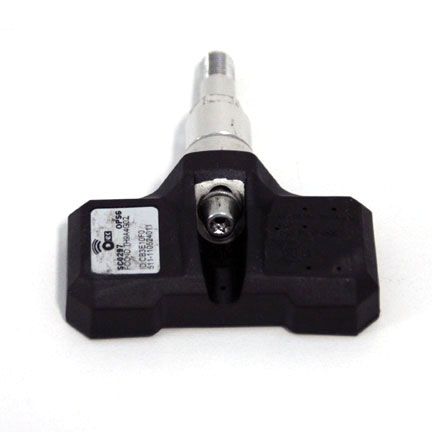 Frames have a larger cross-section and are made from higher strength steel for greater strength, greater thrust-to-weight ratio and improved ride and handling; front sections are hydroformed.
Frames have a larger cross-section and are made from higher strength steel for greater strength, greater thrust-to-weight ratio and improved ride and handling; front sections are hydroformed. The flexural rigidity of the frames and the beam is increased by 92% and 20% respectively, while the fully enclosed sections increase the torsional rigidity by five times. In addition, larger engine and transmission mounts, combined with a 125 percent front frame stiffness, provide more vibration control, while hydraulic body mounts are integrated under the cab section on long cab and crew cab models, providing a more isolated feel inside.
When designing the new frames, engineers looked to the general user and the aftermarket, including adding access holes to the rear of the frame to make it easier to install fifth wheel/gooseneck hitches. In addition, the frame-mounted hitch for conventional towing is stronger and has a box-like design. It supports up to 16,000 pounds (7,257 kg).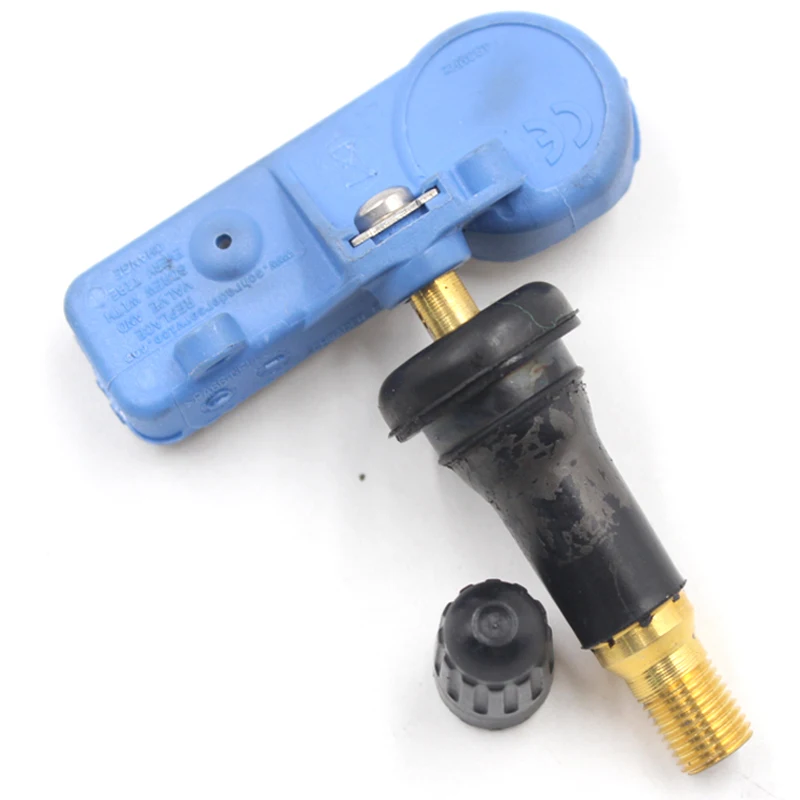
Completely redesigned independent front suspension system allows for a 25% increase in nominal front axle weight to 6,000 lb (2,721 kg) Gross Front Axle Weight (FGAWR) – allowing the snow blower to be used in all cab configurations with all-wheel drive with an available preparation kit snow plow, as well as improved ride quality and handling.
Silverado's signature short and long arm/torsion bar front suspension design is retained, but now uses new forged steel upper suspension arms that are stronger and lighter than their predecessors. The new lower control arms are precision-machined from cast iron to withstand heavy loads. Five different torsion bar speeds support five different front axle gross weights (previously one torsion bar was used for all models). This helps stabilize the trim height range of various models under load while improving appearance, handling, durability, tire wear and alignment. The cutting height is adjustable on each pole with a single bolt, making it easy to adjust the height to suit the weight of the snow blower or other accessories.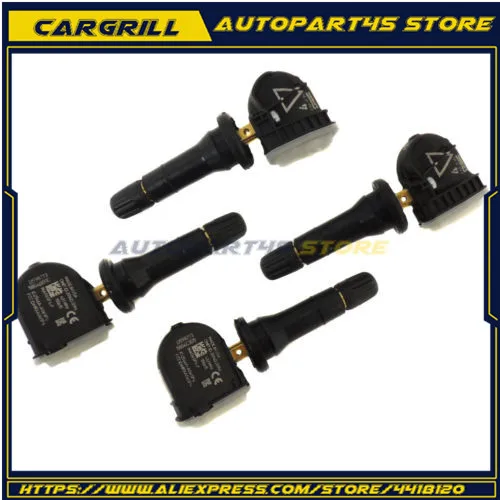
The Silverado HD front suspension now uses a pair of urethane shock absorbers on each side instead of one for improved load management; and there is a new top shock mount design that is rigidly connected to the frame with two mounts. This design eliminates squeaks and clanks while maintaining higher load capacity and increased durability.
Compared to competitors' front suspension, the Silverado's independent front suspension provides a better ride, more precise trim height control (with fewer parts) and more flexibility to adjust alignment for weight and tire sensitivity.
Rear suspension designed to withstand heavy loads, commensurate with the greater strength and capability of the Silverado HD. It features a new, larger, asymmetrical leaf spring design that also contributes to improved ride and handling.
The asymmetric design results from unequal half-length front and rear springs, minimizing axle bounce and improving traction control.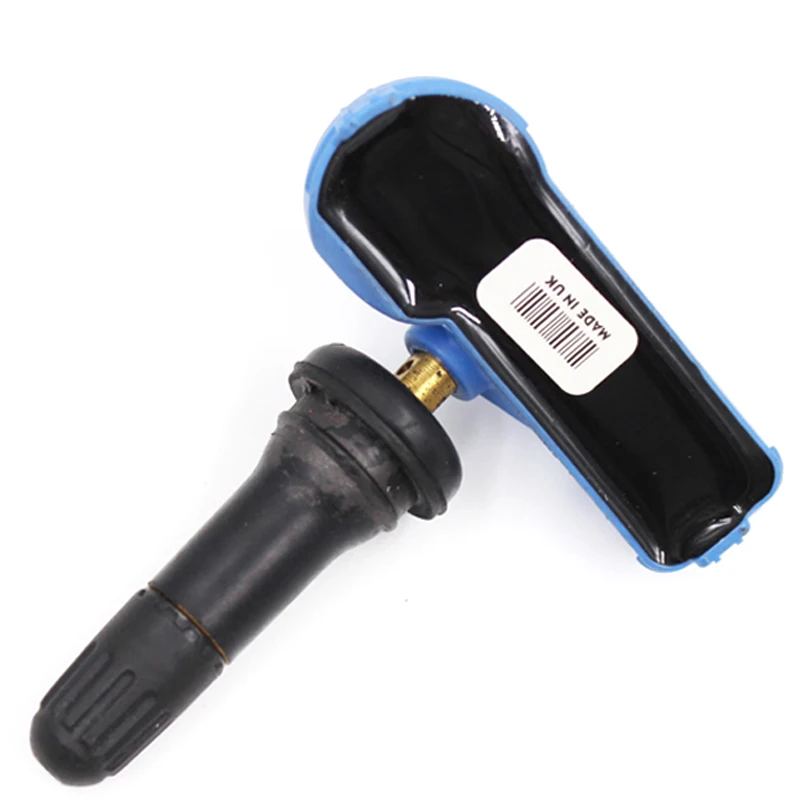 The 2500HD models have a two-stage leaf spring design while the 3500HD models have a three-stage design. All models feature 3-inch (76mm) wide leaf springs that are 20 percent wider than previous models.
The 2500HD models have a two-stage leaf spring design while the 3500HD models have a three-stage design. All models feature 3-inch (76mm) wide leaf springs that are 20 percent wider than previous models.
The larger leaf spring design supports the increased total rear axle weight across the board. On 2500HD models, the rating is 6200 pounds (2818 kg) - up from 6084 (2765). On 3500HD models, the rating increases to 7,050 lb (3,204 kg) for single rear wheel models and 9,375 lb (4,261 kg) for dual rear models - the latter representing a nearly 14 percent increase over the previous 8,200- lb (3727 kg) rating.
Stronger frames, higher weight rated suspension systems and improved transmission systems contribute to the Silverado HD's best-in-class towing and payload. The specifications tables below show the capabilities of each model and/or configuration, but here are the basic facts:

The new 2011 Silverado HD trucks show off their best-in-class performance. This is a new version of the combination of the Duramax 6.6L diesel engine and the Allison 1000 six-speed automatic transmission.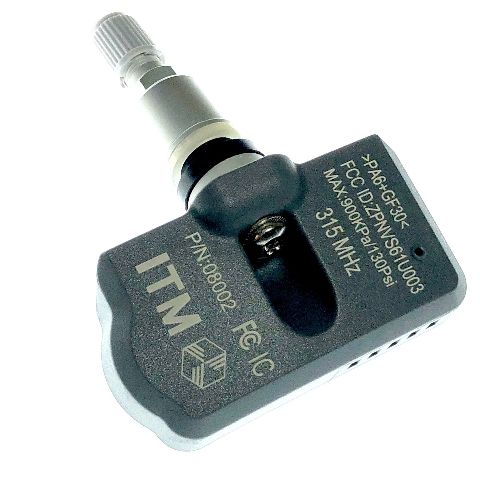 The Duramax 6.6L is more powerful and durable, while the Allison 1000 is more powerful and helps to engage new features, including an exhaust brake system. Together, this improved version of the proven combination is expected to deliver segment-leading fuel efficiency.
The Duramax 6.6L is more powerful and durable, while the Allison 1000 is more powerful and helps to engage new features, including an exhaust brake system. Together, this improved version of the proven combination is expected to deliver segment-leading fuel efficiency.
New and improved Duramax 6.6L features include:
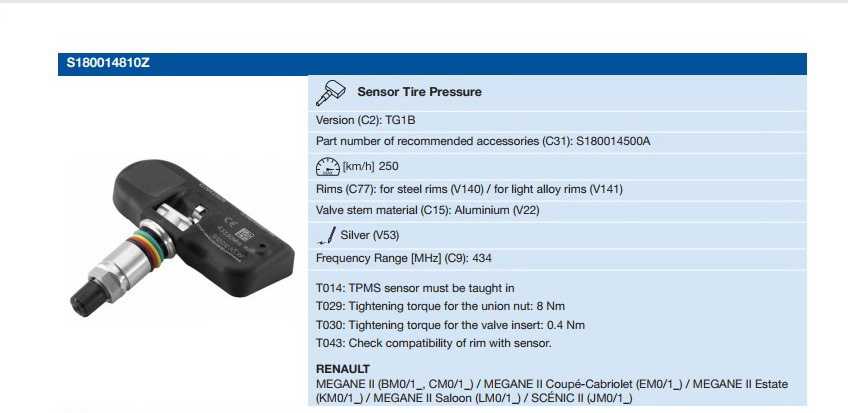
Approximately 1.3 million Duramax 6.6L engines have been produced since 2000, proving their exceptional durability and reliability.
The revised 2011 Allison 1000 is reinforced to deliver the higher torque from the new 6.6L Duramax engine, while also helping to improve fuel efficiency and provide seamless support with a new exhaust brake system.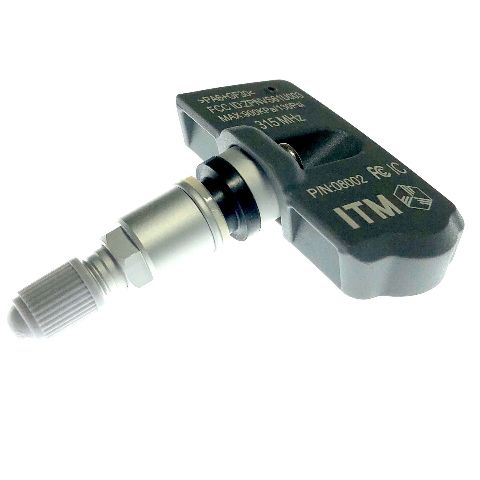 Efficiency gains are achieved by reducing "rotational loss" - meaning the transmission directs more of the engine's power to the axles, allowing it to do more with less fuel.
Efficiency gains are achieved by reducing "rotational loss" - meaning the transmission directs more of the engine's power to the axles, allowing it to do more with less fuel.
The Allison 1000 also features a driver-shift control system with step up/down shifting and a patented high-idle cabin heat feature. In addition, the tow/carry mode reduces the number of shift cycles for better control and improved cooling when towing or hauling heavy loads. The six-speed configuration saves two overdrives for optimal efficiency.
The performance of the Duramax/Allison combination is also improved over previous models, with preliminary testing showing a 0-60 mph time of less than 9 seconds and a quarter mile time of less than 16 seconds in the 2500HD models. This is about 0.3 seconds and 0.5 seconds faster than previous models.
The venerable variable valve timing Vortec 6.0L V-8 engine returns to new heavy-duty trucks with a beefed-up version of the Hydra-Matic 6L9 six-speed automatic transmission0. This combination delivers excellent performance and efficiency, with an emphasis on low rpm power.
This combination delivers excellent performance and efficiency, with an emphasis on low rpm power.
The new camshaft profile in the Vortec 6.0L helps the engine produce more torque in the lower rpm range, for improved starting feel and overall performance at high altitudes and when towing a trailer.
6L90 reinforced for greater strength, smoothness and quietness with:
A new feature on Duramax equipped models is the exhaust brake system. This driver-selectable feature uses variable geometry turbocharger turbine control and engine compression to create back pressure that slows the vehicle without applying the brakes.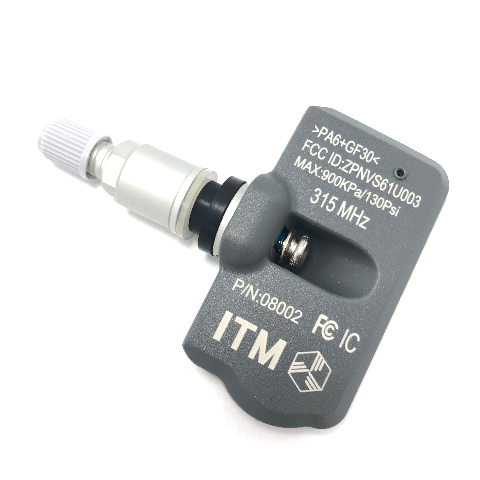 It is an intelligent system integrated with the cruise control function, which regulates braking according to the incline and vehicle load.
It is an intelligent system integrated with the cruise control function, which regulates braking according to the incline and vehicle load.
An exhaust brake system makes for near-easy driving and towing with smooth, quiet operation. It also helps extend brake life and prevents brakes from overheating on long descents.
The brake feel and performance of the 2011 Silverado HD trucks has been greatly improved. The standard four-wheel drive system has been completely redesigned to deliver smoother, faster and more confident performance. Four-channel four-wheel ABS is standard on all single-rear models, and three-channel is standard on two-rear models.
The front and rear rotors are larger in diameter at 14 inches (355 mm) and wider on all models to support their increased capacity, weight and towing performance, while the calipers are stiffer and stronger. The power brake booster has been recalibrated to reduce pedal effort, and pedal travel has also been re-calibrated for a more comfortable and confident feel.
A larger hub and bearing assemblies complete the new braking system, while the rear rotors attach to the wheel hubs for ease of maintenance.
Longer wheelbase - from 133.6 inches (3395 mm) to 167.7 inches (4259 mm) - and wider front/rear tracks improve the ride and handling of the Silverado 2500HD and 3500HD, giving them a greater sense of smoothness and control .
The longer wheelbase and wider tracks are complemented by new, stiffer frames, new bumpers, shock absorbers and hydraulic body mounts to provide a secure, smooth and isolated ride. The new shock absorbers have been specially valved to maintain the weight rating of the new trucks while maintaining excellent driving performance.
Making driving even more fun is a redesigned steering system designed to support the truck's greater front axle gross weight. It includes a new larger steering gear, power steering and linkage pumps. Pumps (various parts for petrol and diesel models) provide increased pressure to reduce steering effort during low speed maneuvers and when parking; they are quieter too.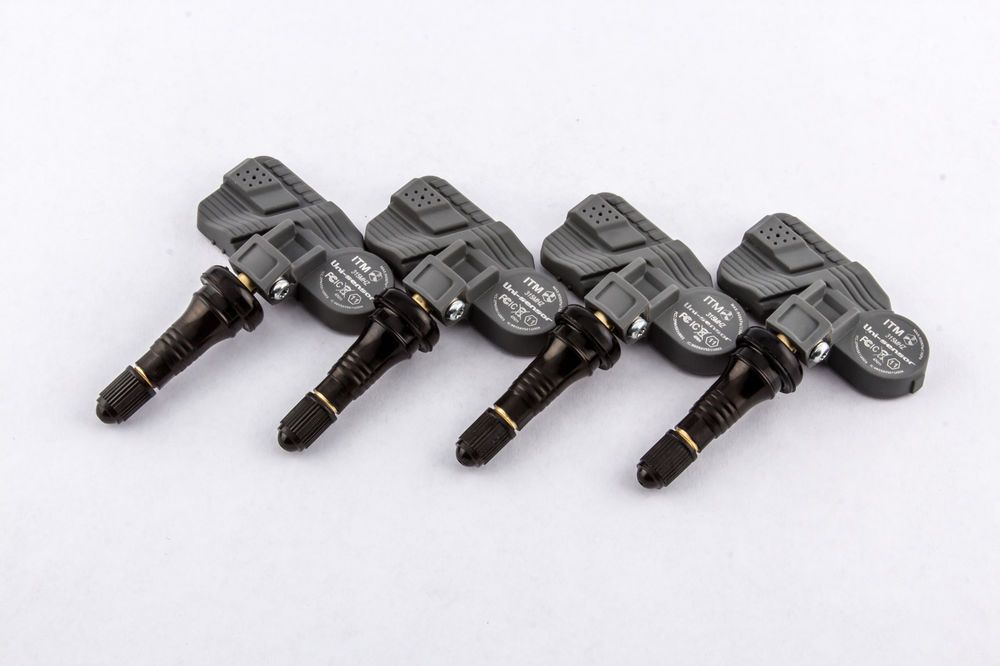 On some models, the new linkages have a compatible swivel added to the crank attachment for improved handling.
On some models, the new linkages have a compatible swivel added to the crank attachment for improved handling.
2011 Silverado 2500HD and 3500HD models have a full range of safety features and functional technologies that include:
Trailer Sway Control provides added confidence when towing a trailer. The system detects trailer sway conditions and intervenes by braking and/or reducing engine power to control the trailer and keep it on track.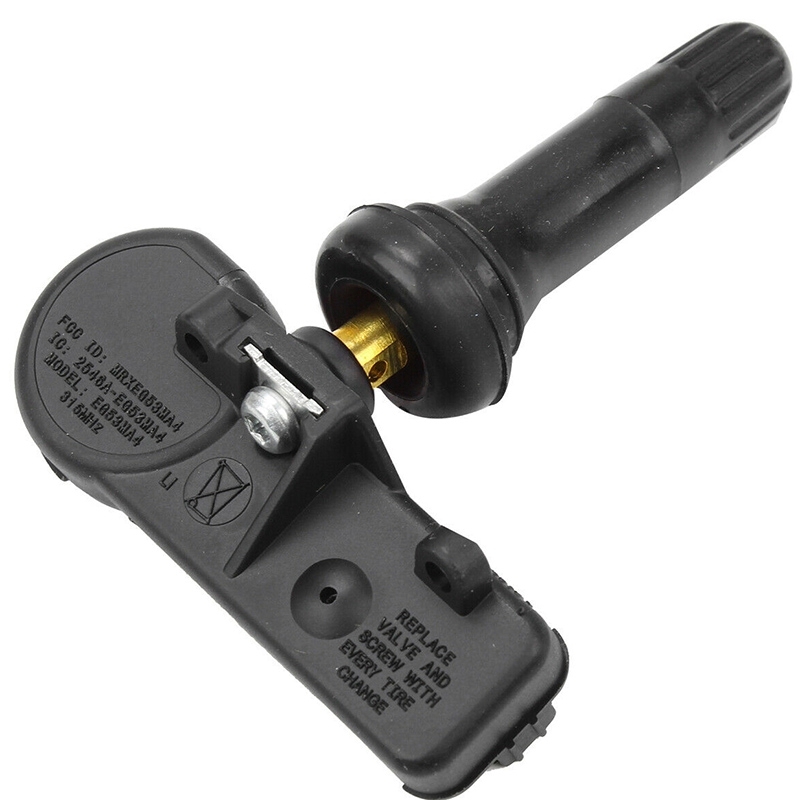 The system will use the trailer's electric brakes when the trailer is connected to the truck's standard wiring harness and does not require driver intervention.
The system will use the trailer's electric brakes when the trailer is connected to the truck's standard wiring harness and does not require driver intervention.
The hill start assist system is automatically activated when the sensors detect that the vehicle is on an incline of about 5 percent or more. It holds the brakes for approximately 1.5 seconds or until the accelerator pedal is pressed, preventing rollback - this is especially effective when towing, giving the rider time to switch from brake to accelerator pedal without rolling.
From affordable remote start to seamless access with 170-degree opening rear doors on long cab models, 2011 Silverado HD models live longer, drive better and work harder. The interiors are refined, with more quietness and attention to detail, but designed to work. Numerous storage compartments provide secure access to everything from work gloves to laptops.
Indeed, for many owners, the Silverado HD is a mobile workspace offering mobile Wi-Fi, USB connectivity, Bluetooth, XM satellite radio and a navigation system.